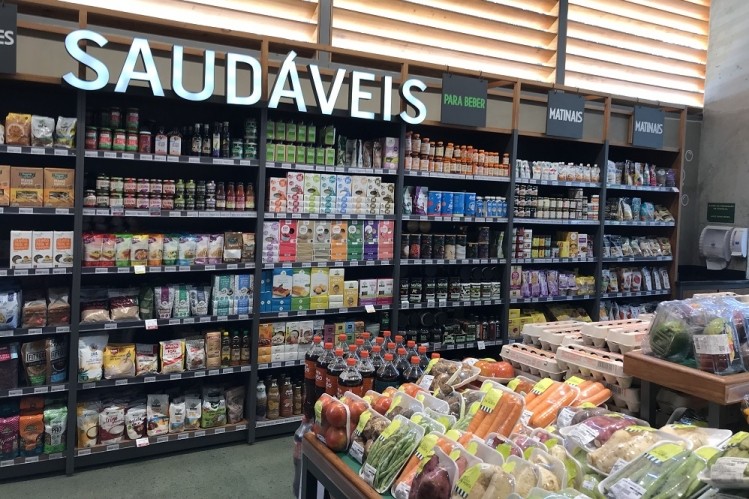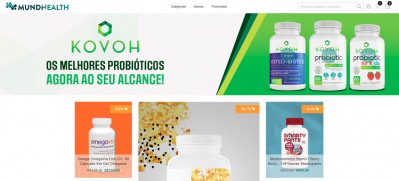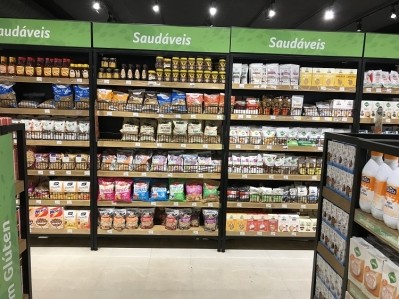Retail to consolidate more in next 3-5 years providing promise for nutrition, says expert

In 2018, Latin America's grocery market pulled in US$909bn and the market is set to soar to US$1,212bn by 2023, growing at a CAGR of 5.9% – higher than both North America and Europe, according to IGD. Brazil alone will generate US$469.7bn in 2023 and Mexico US$268.7bn – together set to account for over 68% of all additional sales generated in the region.
The majority of Latin American grocery retail remains mom-and-pop stores but Walmart, GPA, Carrefour, Cencosud and Oxxo have the widest large-chain presence in the region. But Jon Wright, head of retail insight at IGD, said there will be change in this landscape over the next three to five years.
“What we are predicting is that there will be more consolidation within it,” Wright told NutraIngredients-LATAM.
This consolidation, he said, would be driven by the increasingly competitive nature of Latin American retail, as companies stretched resources across channels, including brick and mortar stores, online and elsewhere.
So, what did this change mean for the health and nutrition space?
“It will only improve opportunity really because those retailers will provide greater scale and they'll be able to invest online and activate those products better and explain their benefits through the likes of recipe sites or in-store information,” Wright said.
“Rather than consolidation being seen as a potentially bad thing, it should be seen as an opportunity to engage and work with a greater number of shoppers.”
Private label to become 'new competition'
However, Wright said the growth and rise of major retailers in the region, particularly global mega-chains like Carrefour, Casino and Walmart, would also drive up private label competition as retailers worked to differentiate.
“I think they're certainly going to provide [brands] with some new competition,” he said.
“Looking at it from a global perspective, that's where the slight advantage to those global retailers comes into play because they can use the global buying and global scale they have to be able to buy those products. So, they'll be able to move those products into the mainstream format a little bit easier and a little bit quicker than quite a lot of companies.”
These retailers also had the advantage of being able to re-design stores to strategically position their own private label products, he said.
Brazil's GPA Institucional was a good example of this, he said, where its two private label lines Qualitá and Taeq were“almost becoming brands for shoppers” and featured very prominently in store.
“[GPA] is using these products on gondola ends, a space that would historically have been reserved for brands. Retailers are becoming so confident in their private labels that they're using them on gondola ends to attract shoppers in,” Wright said –“quite a big step-change”.
This ability and knowledge to move shoppers through the retail space, he said, also meant retailers could encourage shoppers to switch from mainstream products to health and wellness alternatives, much of which was being done through zoning. Wright said many retailers were zoning health and wellness products together to help build the average shopper spend in this sector.
“We know of retailers who used to spread products out across the whole store and then brought them together and seen double-digit sale increases just by making that change. For the retailer it's a big development, for the actual manufacturers it is a bit more challenging but then that's the next opportunity within it – how do you promote your product and the benefits your products actually provide shoppers? That comes back to promotion, in-store trials, and the packaging.”
But what about manufacturers wishing to work online or with direct-to-consumer models?
E-commerce remains 'embryonic'
For the time being, Wright said e-commerce represented a more “long-term opportunity” in Latin America, given it currently represented just 1% of grocery retail in most markets.
“More widely in Latin America it is pretty embryonic, especially on the grocery e-commerce side.”
Opportunities that do arise, he said, would likely be on a city-by-city basis, rather than nationwide or larger-scale.
“There are two sides to this, the first is the shopper side. Obviously, within e-commerce you're usually targeting people who are most accepting – richer, usually younger shoppers who are usually found in cities. But from the retail perspective, e-commerce isn't a profitable channel; it's difficult to generate profits, so you're thinking about how best to use your existing retail infrastructure and supply chain. Cities are going to have your highest entities of stores and most long-standing and efficient warehouses.”
Some retailers and brands would be able to “leapfrog” into e-commerce and use it as a new avenue to target shoppers, Wright said, but, again, without initial infrastructure it would remain difficult.
Shopper knowledge – 'back to the beginning'
No matter what channel or strategy manufacturers or retailers opted for, Wright said understanding shopper needs remained key.
“We've seen it time and time again, from retailers and manufacturers, that product understanding doesn't necessarily resonate when they enter a new country. They do have to go back to the beginning and think on how to communicate, engage with that shopper, what mechanics they need to do to promote those benefits, and get somebody to actually trial it for the first time.
“...Start with the shopper and understand exactly what their needs are,” he said.









